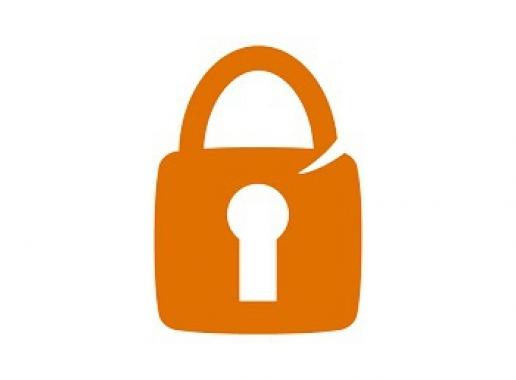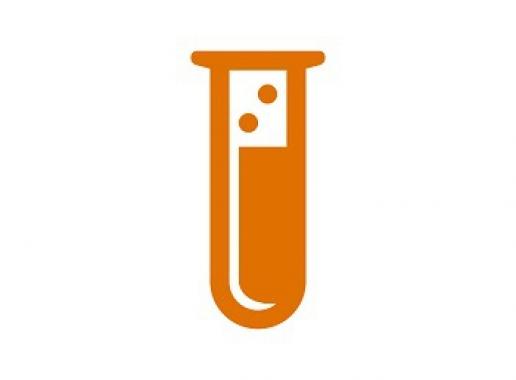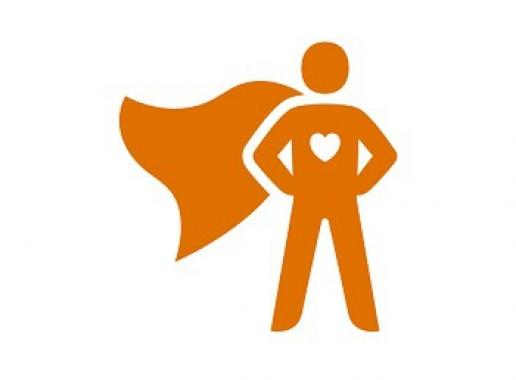Biosecurity focuses on securing biological agents and on the corresponding knowledge and technology. Taking appropriate security measures reduces the risk that biological agents could be used maliciously. Biosecurity can be subdivided into eight main priority areas.
Working with high-risk biological material can result in risks for safety and security. Generally speaking, biosafety is the basis for working safely with high-risk materials. Biosecurity builds on biosafety with additional security measures. The Netherlands has extensive legislation, regulations and codes of conduct on biosafety for the protection of employees and the environment. Although no separate biosecurity legislation is currently in force, the Dutch government wants laboratories to pay attention to biosecurity in addition to biosafety. Biosecurity measures are taken to protect biological agents and knowledge in order to prevent misuse.
Due to their nature and characteristics, high-risk biological materials have significant potential for malicious use. For example, consider the availability, transmissibility and dispersibility of a pathogen, and the potential consequences for public health, the environment and the economy in the event of a deliberately caused outbreak.
Providing security for high-risk material involves all eight biosecurity priority areas.







